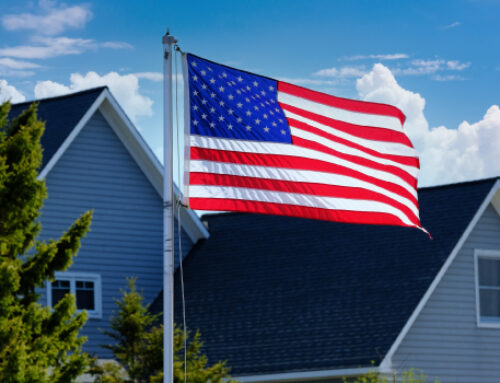Picking the best insurance policies for yourself can be intimidating. But, picking the best insurance policy for your association, when you’re responsible for the financial resources of hundreds of homeowners and millions of dollars of property? That can really be daunting. As overwhelming as the process is, there are basic steps that boards can follow to make choosing the correct insurance policy easier.
Below are our ten tips to familiarize you with the basics of HOA insurance:
- Examine state legislation (or ask your association’s lawyer) to determine state-mandated insurance requirements. Checking that your insurance complies with your state’s statutes protects the HOA from any potential legal action.
- See what your association’s governing documents say about insurance. Governing documents usually mandate insurance requirements by specifying the minimum amount that’s required. The governing documents will also tell you what property the association is responsible for insuring. This is especially important for associations that manage condos and townhomes, since large portions of the structures in question will be the association’s responsibility. In single-family managed associations, insurance boundaries can also be murky if a residential property borders common areas, walls, or a community’s gate.
- Amend your governing documents to require the recommended minimum for HOA insurance. Legally establishing a reasonable amount of insurance for your association helps protect your community from future insurance gaps. Governing documents should also require boards to conduct regular insurance audits. These audits will ensure that the requirements for the minimum coverage amount have not changed.
- Have a qualified professional, such as an insurance broker, determine a reasonable amount of insurance for your HOA. When looking for a broker, choose one that specializes in both commercial insurance and associations. Many associations are dangerously underinsured because insurance companies do not realize how complex association insurance is. Choosing a company that works with associations daily will help prevent gaps in insurance.
- Look into obtaining directors’ and officers’ liability insurance, as well as workers’ compensation. Even though it’s designed to protect board members from management mistakes, D&O coverage is often neglected by boards who mistakenly believe that they’ll never be sued. This erroneous assumption costs directors an average of $387,000 per lawsuit. All non-profit organizations should consider D&O coverage for their serving members to protect the association, and the individuals inside it, from the financially devastating consequences of a lawsuit.
Workers’ compensation for the association’s volunteers is also a commonly neglected form of insurance in HOAs because many board members assume that volunteers do not count as employees. However, associations should work to provide workers’ compensation for every individual who regularly volunteers for the association. It will protect these individuals from lost wages and medical expenses if they’re injured while volunteering for the association. Obtaining these two types of insurance mitigates the risk you incur as an association board member.
- Notify your insurance broker of any property additions or improvements that need coverage. Board members may not realize that most policy plans will not automatically cover additions. For example, if the association built a clubhouse or a splash pad mid-year, and the association neglected to add it to their insurance policy, this can create an alarming gap in coverage.
- Understand what types of coverage you’re paying for, and determine whether they’re necessary. Insurance is confusing at best, leading many boards to choose (often unintentionally) boilerplate insurance. Another type of unnecessary insurance your association may carry is charity or for-profit, company-oriented insurance. Many associations are paying for unneeded – and therefore unhelpful – coverage that offers little to no practical coverage.
- Plan ahead, so the board doesn’t receive a last-minute quote. Understand that most insurance companies will usually start the quoting process 90 days before renewal is due. Starting the process as soon as possible will help the board receive all quotes in a timely manner.
- Finance your insurance premiums over the course of the year, rather than paying all at once. While finding an insurance company that will let you finance in installments may be challenging, doing this adds another layer of financial protection to your association.
- Ask your community manager for guidance throughout the insurance process. Your community manager can point you in the direction of a reputable insurance company.
Since nearly all associations will face a claim or lawsuit at some point, the last thing the board wants is to choose an insurance company or plan that doesn’t provide proper insurance. Following these ten tips will help you protect your association from an unfortunate insurance situation.







